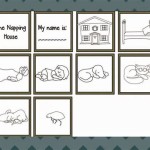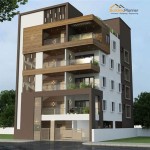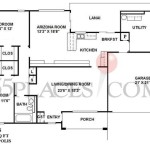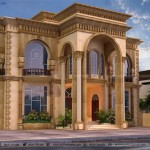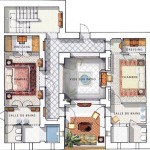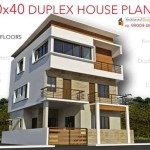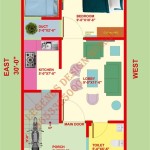Tiny House Living Floor Plans: Maximizing Space in Small Dwellings
The concept of tiny house living has gained significant popularity in recent years, appealing to individuals seeking a simpler lifestyle, financial savings, and a smaller environmental footprint. A key aspect of successful tiny house living is the efficient design and layout of the floor plan. Tiny house floor plans must cleverly maximize every square inch, incorporating multi-functional furniture, creative storage solutions, and open-concept living spaces to accommodate all the necessities of daily life within a limited footprint.
Understanding the Challenges of Tiny House Floor Plans
Designing a tiny house floor plan presents unique challenges that are not encountered in traditional home construction. The limited space requires careful consideration of the placement and functionality of every element. The lack of wasted space necessitates creative solutions for incorporating essential features such as a kitchen, bathroom, sleeping area, and living space into a compact design. Furthermore, the smaller scale of the dwelling requires an understanding of how to create a sense of spaciousness and comfortable flow within the limited area.
Key Considerations for Tiny House Floor Plans
Several key considerations are crucial for designing effective and functional tiny house floor plans.
1. Functionality and Multi-Functionality
Tiny house floor plans must prioritize functionality and multi-functionality. This means using furniture that serves multiple purposes, such as a sofa bed that transforms into a sleeping area or a dining table that doubles as a workspace. Built-in storage solutions, such as under-stair storage or custom cabinetry, can maximize vertical space and reduce clutter. Efficient use of space is essential, with every square inch serving a purpose.
2. Space Optimization Techniques
To maximize the available space, tiny house floor plans often employ a variety of space optimization techniques. Open-concept layouts that combine living, dining, and kitchen areas into a single space can create a sense of openness and eliminate unnecessary walls that could fragment the space. Using loft beds or bunk beds can provide sleeping space while leaving room for other activities below. Additionally, maximizing vertical space with shelving, drawers, and cabinets can effectively store belongings without cluttering the floor area.
3. Natural Light and Ventilation
Despite the small size, tiny houses should prioritize natural light and ventilation. Large windows can enhance the sense of spaciousness and bring in natural light. Strategically placed skylights can further brighten the interior and create a connection with the outdoors. Adequate ventilation is essential for maintaining a healthy living environment, especially in smaller spaces. This can be achieved through the use of operable windows, skylights, or strategically placed fans.
Popular Tiny House Floor Plan Examples
Numerous floor plan designs have emerged within the tiny house movement, each offering its unique set of benefits and drawbacks. Some popular examples include:
1. The Loft Design
This design typically features a sleeping loft above the main living area, offering a unique and space-saving solution. The loft can be accessed via a ladder or staircase, providing a separated sleeping area without taking up valuable floor space. The loft design is often favoured for its efficient use of space and is well-suited for smaller tiny houses.
2. The Open Concept Design
This type of floor plan eliminates unnecessary walls and partitions, creating a sense of openness and flow within the compact space. Open-concept designs often combine the living, dining, and kitchen areas into a single, spacious zone. While it maximizes the sense of openness, this design can potentially make the space feel more cluttered if not carefully planned and organized.
3. The Murphy Bed Design
Tiny houses often utilize Murphy beds, which are wall-mounted beds that fold down when needed and retract into the wall when not in use. This design maximizes space by providing a designated sleeping area that can be hidden away during the day, creating a more open living area. The Murphy bed design is ideal for small spaces where every square inch counts.
Ultimately, the best tiny house floor plan for any individual is the one that best suits their unique needs and lifestyle. With careful planning and consideration, it is possible to create a comfortable and functional living space even within a small footprint.

Tiny House Floor Plans With Lower Level Beds Tinyhousedesign Design

Tiny House Plans For Families The Life Bedroom Floor

Floor Plan For Tiny House

Family Tiny House Design Floor Plans Layout

Affordable Tiny House 18 X 28 Adu In Law Cabin

Tiny House Floor Plans Design Your

10 X 20 Tiny Home Designs Floorplans Costs And Inspiration The Life

Tiny House Floor Plans 32 Home On Wheels Design

Floor Plan For Tiny House

8x20 13 Tiny House Plans Trailer Floor

